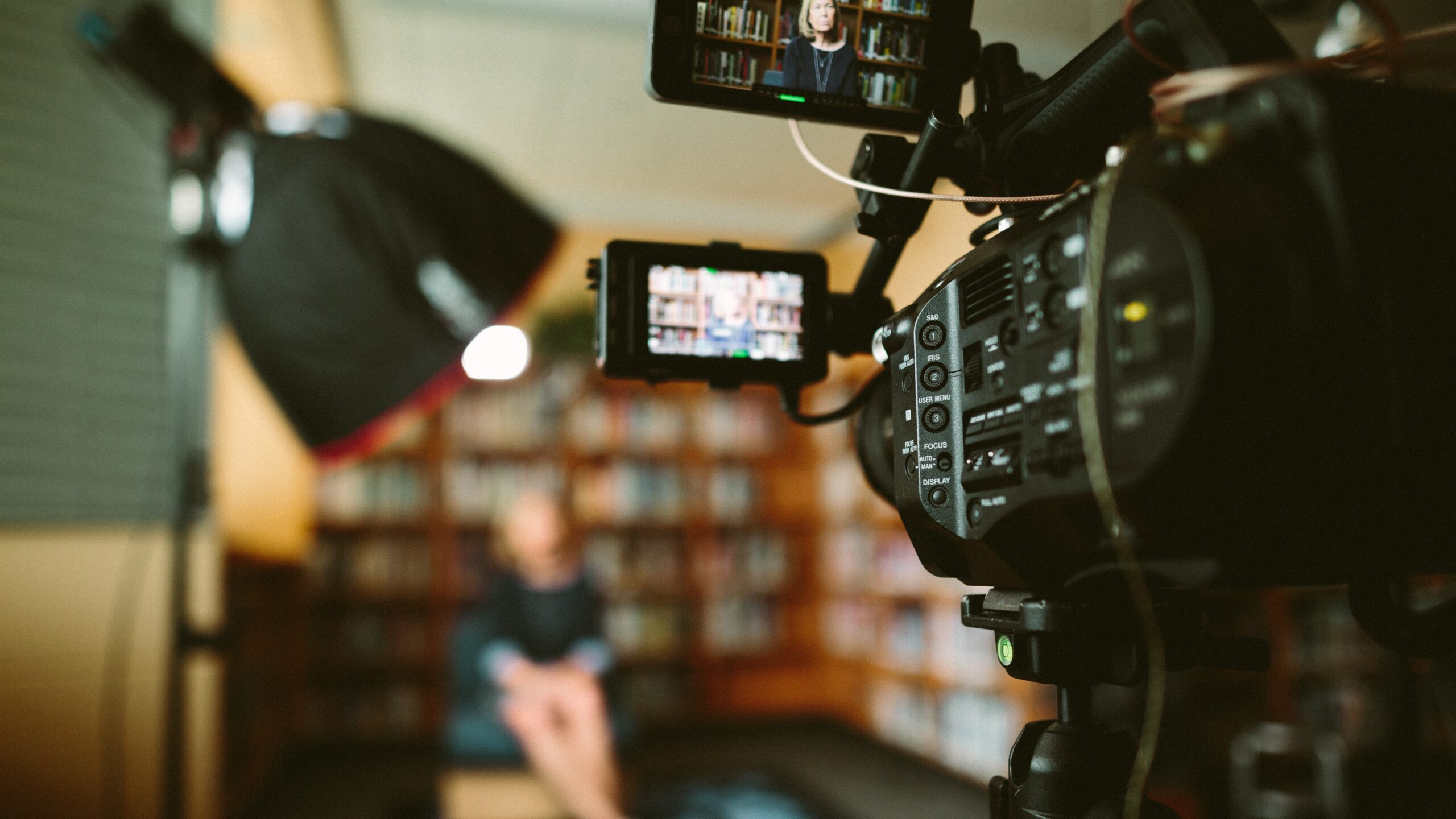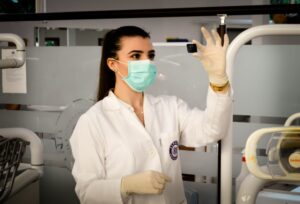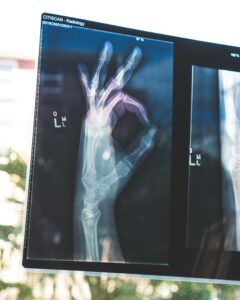AI can help with a variety of editing-related activities, including:
Object detection and removal:
AI algorithms are able to automatically detect and delete undesired elements from photos and movies.
The process of locating items in an image or video and then deleting or replacing them is referred to as object detection and removal. In picture and video editing software like Adobe Photoshop and After Effects, this method is frequently used to replace or eliminate undesired elements or to add unique effects. Computer vision methods like pattern recognition are frequently used by object identification algorithms to locate and distinguish between different things in an image or video. The region left by the deleted object is subsequently filled in by object removal algorithms using techniques like inpainting to add nearby pixels or other data to produce a smooth result.
Color correction:
AI is capable of automatically balancing colors, adjusting brightness, and adjusting contrast to create the best-looking still photographs and films.
To obtain a particular aesthetic or to fix any color imbalances, a picture or video’s colors are adjusted through the process of color correction. This method is frequently applied in photography, filmmaking, and post-production to improve a final product’s visual attractiveness. In order to correct color casts caused by lighting or camera settings, color correction may involve changing an image’s brightness, contrast, saturation, and hue.
The aim of color correction is to create a picture or video with colors that are true to the intended feel and look of the material and are balanced, accurate, and aesthetically pleasing. Color grading tools and algorithms can be used to perform color correction automatically or manually using picture editing software.
Audio editing:
AI can help with audio editing by enhancing speech clarity, reducing background noise, and cleaning up audio tracks.
The technique of modifying and rearranging audio recordings in order to create a desired sound or enhance its quality is known as audio editing. This method is frequently applied in audio engineering, podcasting, film and video post-production, and music production. Cutting, splicing, and rearrangement of audio clips are all examples of audio editing. Other techniques include altering volume levels, adding reverb and delay effects, reducing undesirable noise, and syncing audio with visual features. To edit audio recordings, audio editors utilize specialist software like Pro Tools, Logic Pro X, or Audacity. By providing clear, balanced, and polished audio that supports the visuals or improves the listening experience, audio editing aims to create a final result that satisfies the project’s artistic and technical objectives.
Image and video stitching:
AI can automatically combine several photos or video clips to produce a seamlessly finished output through the process of image and video stitching.
The technique of stitching together several photos or video frames into a single, seamless panoramic image or movie is known as image and video stitching. This method is frequently used in photography and videography to create interactive, 360-degree experiences or to record a broader field of view than is possible with a single camera. Algorithms for stitching together several pictures or video frames into a single composite make use of computer vision techniques like feature matching and detection. The end result of image and video stitching is intended to be smooth and natural-looking, with uniform color, tone, and texture throughout the whole field of view. Using image editing software, image, and video stitching can be done manually or automatically.
Video compression:
AI algorithms are capable of analyzing video footage to compress it while maintaining the video’s quality.
The practice of shrinking a video file while maintaining as much of its quality and information as feasible is known as video compression. Video files can be made smaller and more easily transmitted, stored, and played back using this method. Specialized techniques are used to compress video, taking advantage of the redundancy in video data to express the same information with fewer bits. Lossy and lossless video compression are the two basic types. While lossless compression maintains all of the original video data but produces a bigger file size, lossy compression discards some of the video data in order to achieve a smaller file size.
The ultimate decisions on the aesthetic and creative features of the text must still be made by human editors because AI is unable to replace human creativity and judgment in editing.









